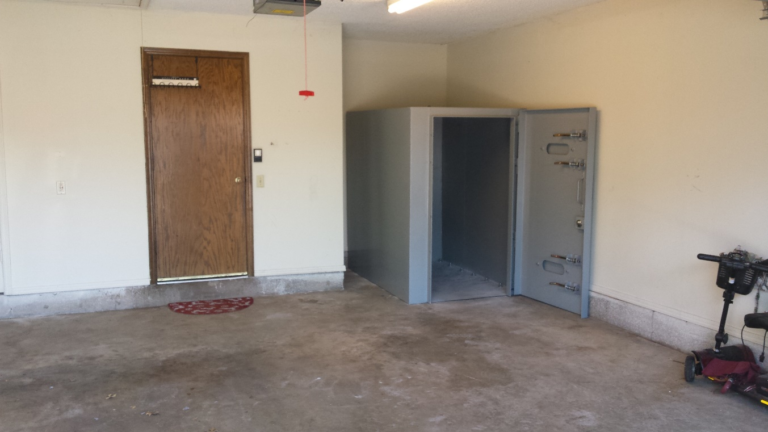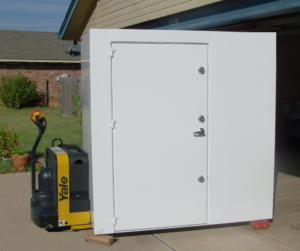When we think of panic rooms, our minds often conjure images from suspenseful movies or news stories of high-profile individuals seeking refuge from danger. But have you ever wondered about the psychology behind these fortified spaces? What drives someone to invest in a panic room, and how does it affect their mental state?
In this blog, we’ll delve into the psychology of panic rooms, shedding light on why people choose to have them and the peace of mind they can provide.
The Need for Security
Whether it’s a celebrity, a wealthy homeowner, or someone living in a high-crime area, the desire for a secure space is rooted in our fundamental instinct for self-preservation. Knowing that a fortified room is just a few steps away can provide a profound sense of safety, allowing occupants to breathe a sigh of relief amid life’s uncertainties.
The Empowerment of Preparedness
Owning a panic room is not just about security; it’s also about empowerment through preparedness. The knowledge that you have a designated safe space in your home can boost your confidence and decision-making during a crisis. It’s like having a fire extinguisher – you hope you’ll never need it, but you’re immensely grateful to have it if a situation arises.
Peace of Mind for Families
For families, especially those with children, panic rooms offer peace of mind that’s beyond measure. Knowing that you can gather your loved ones and retreat to a secure space can be a source of immense comfort in times of danger. It’s a way of saying, “I’ll do everything in my power to protect my family.” This sense of responsibility and preparedness can significantly reduce stress and anxiety levels.
A Shelter from Nature’s Fury
While many associate panic rooms with security against intruders, they also serve as shelters from nature’s fury. Tornadoes, hurricanes, and severe storms can wreak havoc on homes, leaving families exposed to the elements and potential danger. Panic rooms, often designed to withstand extreme weather conditions, offer a lifeline during such crises, ensuring occupants remain safe until the storm passes.
The Psychology of Control
The psychology of panic rooms is closely tied to the concept of control. In times of crisis, feelings of helplessness can be overwhelming. Panic rooms flip the script by providing individuals with a sense of control over their immediate environment. This regained control can be a powerful antidote to the chaos of a crisis, promoting clarity of thought and rational decision-making.
Reducing the Fear Factor
The fear factor in emergencies can be paralyzing. Panic rooms, through their design and purpose, aim to reduce fear by providing a known, secure refuge. When fear is managed, people can think more clearly and act more decisively, potentially saving lives in dire situations.
Choosing the Right Panic Room
When considering a panic room, it’s essential to choose one that suits your needs and provides the security you desire. US Safe Rooms offers top-of-the-line tornado shelters that are not only practical but also designed with psychological comfort in mind. Knowing that your shelter meets the highest safety standards can enhance the peace of mind it provides.
The psychology of panic rooms is intertwined with our innate need for safety, control, and preparedness. These fortified spaces offer more than just physical security – they provide a psychological sanctuary during times of crisis. By understanding this psychology, we can appreciate the significance of panic rooms as tools for empowerment and protection in an unpredictable world.
Ready to fortify your home with a panic room that offers peace of mind and security? Contact US Safe Rooms today and discover our range of tornado shelters designed to protect you and your loved ones when you need it most.











